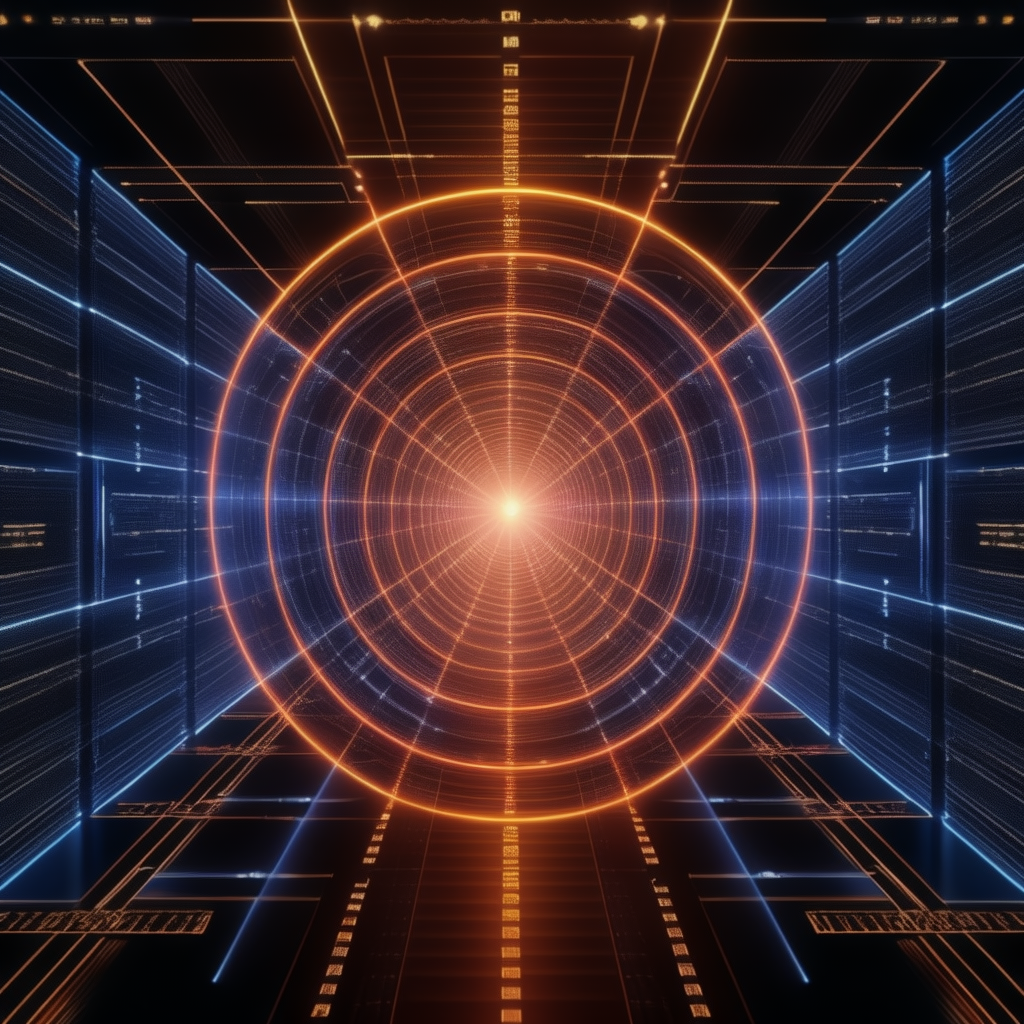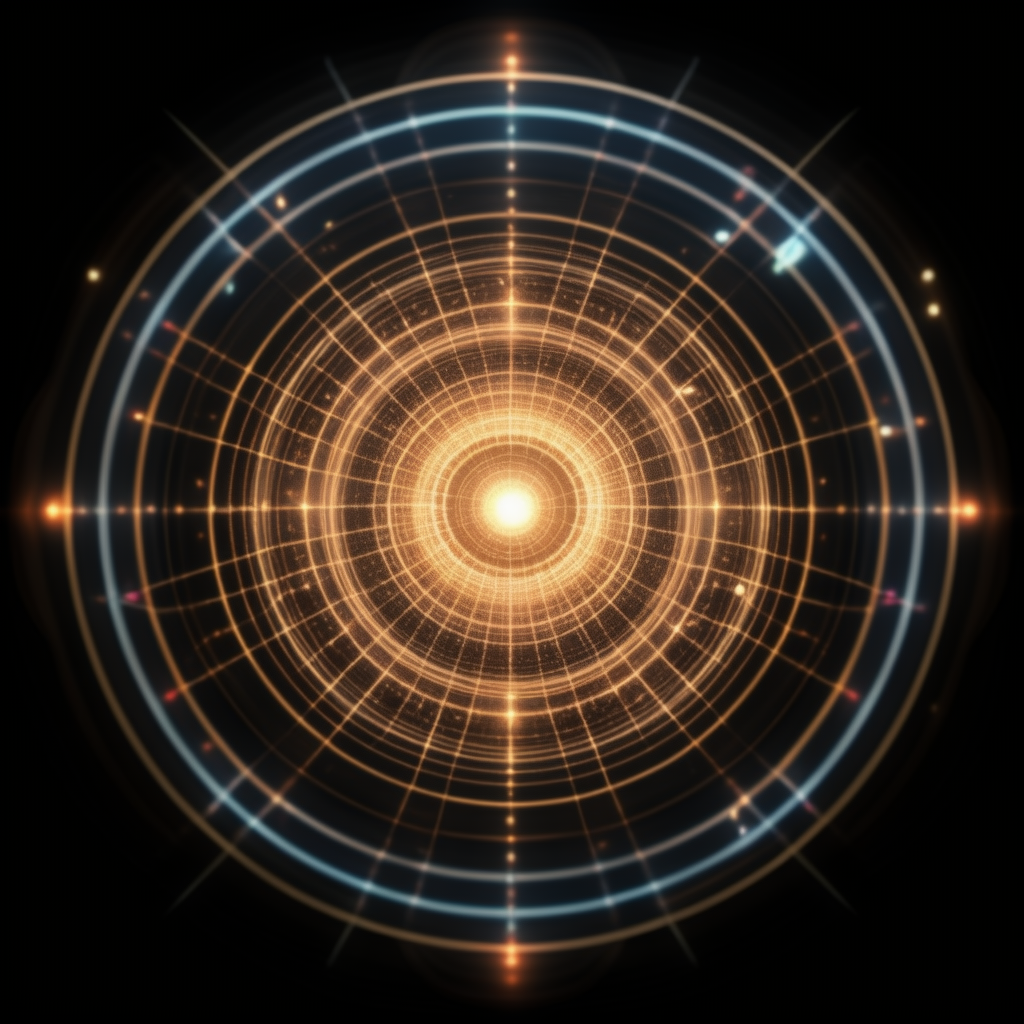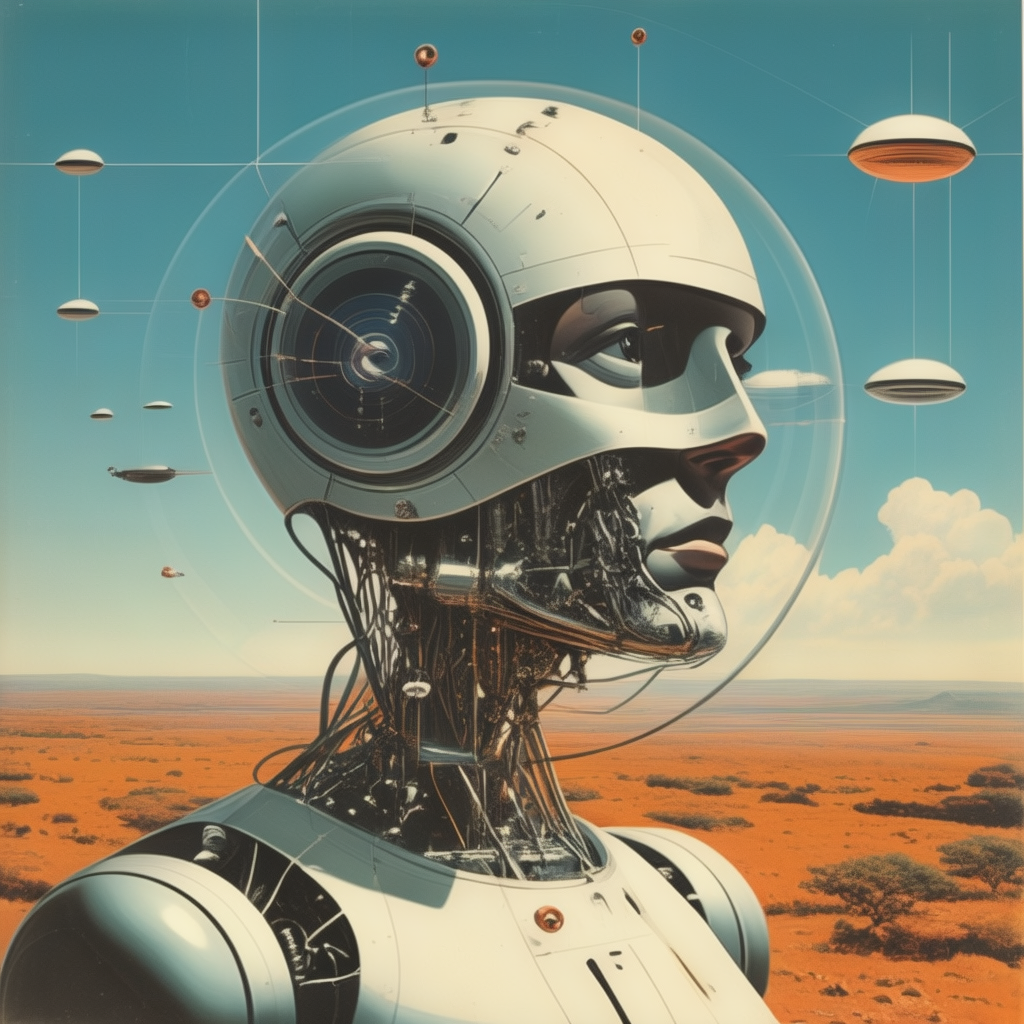Introduction: In the vast landscape of computing, both biological brains and digital computers stand out as remarkable entities, each with its own unique characteristics and capabilities. However, a closer examination reveals stark differences between the two. In this blog post, we’ll delve into the fundamental distinctions between brains and digital computers, shedding light on their respective architectures, functionalities, and implications.
- Biological vs. Electronic Foundations:
- The human brain is a marvel of biological engineering, comprising billions of neurons interconnected through synapses.
- Digital computers, on the other hand, are electronic devices built from silicon-based components such as transistors and integrated circuits.
- Parallel vs. Sequential Processing:
- The brain excels in parallel processing, with neurons firing simultaneously to perform multiple tasks concurrently.
- Digital computers predominantly execute instructions sequentially, processing one task at a time through their central processing units (CPUs).
- Learning and Adaptation:
- Brains possess the extraordinary capacity to learn from experiences, adapt to new challenges, and rewire neural connections through synaptic plasticity.
- While digital computers can execute predefined algorithms with precision, they lack the innate learning capabilities and adaptability of biological systems.
- Energy Efficiency:
- The brain operates with remarkable energy efficiency, consuming only a fraction of the power required by digital computers to perform comparable tasks.
- Digital computers, particularly high-performance systems, demand substantial power consumption due to the inherent inefficiencies of electronic components and cooling requirements.
- Sensory Input and Perception:
- Brains receive sensory input from the environment through sensory organs, processing complex stimuli such as sight, sound, touch, taste, and smell.
- Digital computers rely on input devices such as keyboards, mice, and sensors to interact with the external world, processing digital signals rather than analog sensory data.
- Creativity and Intuition:
- The human brain exhibits creativity, intuition, and emotional intelligence, enabling abstract thinking, problem-solving, and subjective experiences.
- While artificial intelligence (AI) algorithms in digital computers can simulate aspects of human-like behavior, they currently lack the depth and complexity of genuine human cognition.
- Fault Tolerance and Self-Repair Mechanisms:
- Biological brains exhibit remarkable fault tolerance and self-repair capabilities, enabling them to withstand damage from injuries or diseases and recover functionality over time.
- In contrast, digital computers are more susceptible to system failures or errors, requiring redundancy measures such as backup systems, error correction codes, and fault-tolerant architectures to ensure reliability.
- Digital computers, while equipped with error-checking mechanisms and redundancy in hardware, lack the inherent self-repair mechanisms of biological systems, often requiring manual intervention or backup systems in case of failure.
Contextual Understanding and Common Sense:
- Human brains possess the ability to interpret information within the context of previous experiences, cultural knowledge, and common sense, allowing for nuanced understanding and decision-making.
- Digital computers, despite advances in natural language processing and AI, struggle to grasp contextual nuances and lack inherent common-sense reasoning abilities, often leading to misinterpretations or errors in complex tasks.
Adaptation to Novel Environments:
- Biological brains excel in adapting to novel environments and unpredictable situations, leveraging sensory inputs and cognitive flexibility to navigate unfamiliar terrain and solve unforeseen problems.
- Digital computers rely on pre-programmed algorithms and predefined rules, making them less adept at handling unstructured environments or adapting to rapid changes without human intervention.
Emotional Intelligence and Empathy:
- Human brains possess emotional intelligence, empathy, and the ability to perceive and respond to emotions in oneself and others, facilitating social interactions and interpersonal relationships.
- Digital computers lack genuine emotional understanding and empathy, as they operate based on logical algorithms and lack subjective experiences or emotional awareness.
Evolutionary Design and Redundancy:
- Biological brains have evolved over millions of years through natural selection, resulting in optimized structures and functions that maximize survival and reproductive success.
- Digital computers undergo rapid technological advancements driven by human innovation, often lacking the redundancy and adaptability inherent in evolutionary processes.
Quantum vs. Classical Computing:
- While digital computers operate based on classical computing principles using binary bits (0s and 1s), quantum computers harness the principles of quantum mechanics, allowing for superposition, entanglement, and parallel computation.
- Quantum computers have the potential to outperform classical computers in certain tasks, such as optimization, cryptography, and simulation, but they also introduce new challenges related to error correction and scalability.
Self-Organization and Emergent Behavior:
- The brain demonstrates self-organizing principles, where complex behaviors and cognitive functions emerge from the interaction of individual neurons and neural networks.
- Digital computers rely on predefined algorithms and programming instructions, lacking the capacity for spontaneous emergence of new behaviors or capabilities without explicit programming.
Sensory-Motor Integration:
- Biological brains seamlessly integrate sensory inputs with motor outputs, enabling coordinated movements, reflexes, and interactions with the environment.
- While digital computers can process sensory data and generate output signals, they typically require separate hardware components and software algorithms to achieve sensorimotor integration.
Evolutionary Adaptation:
- The human brain has evolved over millions of years through the process of natural selection, shaping its structure and functionality to optimize survival and reproduction.
- Digital computers, by contrast, have undergone rapid technological advancements driven by human innovation, with design improvements primarily focused on performance, efficiency, and functionality rather than evolutionary pressures.
Consciousness and Subjective Experience:
- One of the most profound differences lies in consciousness and subjective experience, which are intrinsic to the human brain but currently absent in digital computers.
- While researchers have made strides in simulating aspects of consciousness through computational models and AI algorithms, the true nature of consciousness remains a mystery in the realm of neuroscience and philosophy.
Ethical and Moral Decision-Making:
- Human brains possess complex moral and ethical frameworks that influence decision-making, empathy, and social behavior, reflecting cultural, societal, and personal values.
- Digital computers lack inherent moral agency or ethical considerations, relying on programmed rules and algorithms devoid of subjective judgment or empathy.
Quantum vs. Classical Computing:
- Quantum computing represents a paradigm shift in computational technology, leveraging principles of quantum mechanics to perform computations that surpass the capabilities of classical digital computers.
- Quantum computers hold the potential to emulate certain aspects of brain-like processing, such as parallelism, superposition, and entanglement, offering new avenues for exploring the nature of intelligence and cognition.
Neuroplasticity and Lifelong Learning:
- The human brain exhibits neuroplasticity, the ability to reorganize and adapt its structure and function in response to learning, experiences, and environmental changes throughout life.
- Digital computers require explicit reprogramming or updates to accommodate new tasks or information, lacking the inherent flexibility and adaptability of the brain’s neural networks.
- Neural Plasticity vs. Fixed Architecture: Brains exhibit neural plasticity, allowing them to reorganize and adapt based on experiences and learning. In contrast, digital computers have fixed architectures and functionalities that do not change without manual intervention.
- Energy Efficiency: The human brain is remarkably energy-efficient compared to digital computers. While the brain consumes about 20 watts of power, modern computers can consume hundreds of watts to perform similar tasks.
- Parallel Processing vs. Serial Processing: Brains perform parallel processing, allowing them to execute multiple tasks simultaneously. Digital computers, on the other hand, typically process tasks serially, completing one task before moving to the next.
- Fault Tolerance and Robustness: Brains demonstrate high fault tolerance and robustness, capable of continuing to function even with damage to certain areas. Digital computers are more susceptible to failures and require redundant systems for reliability.
- Emotional and Creative Intelligence: While digital computers excel at performing logical and analytical tasks, they lack emotional and creative intelligence exhibited by the human brain. Brains can interpret emotions, generate novel ideas, and express creativity in ways that computers cannot.
- Biological vs. Binary Processing: Brains operate using biological processes involving neurons and synapses, which transmit signals through complex electrochemical interactions. Digital computers process information using binary code and electronic circuits.
- Adaptability to Novel Situations: Brains can quickly adapt to novel situations and environments, drawing from past experiences and knowledge. Digital computers require explicit programming to handle new scenarios effectively.
- Learning and Generalization: Brains possess the ability to learn from limited data and generalize knowledge to new contexts, a capability known as transfer learning. Digital computers typically require extensive training data and specific algorithms to achieve similar levels of performance.
- Sensorimotor Integration: Brains seamlessly integrate sensory inputs with motor outputs, enabling complex behaviors and interactions with the environment. Digital computers lack the same level of sensorimotor integration and rely on external peripherals for input and output.
- Consciousness and Subjectivity: While the nature of consciousness is still a subject of debate, brains are associated with subjective experiences and consciousness. Digital computers, being deterministic machines, do not possess subjective awareness or consciousness.
- Energy Consumption: While both brains and digital computers consume energy during operation, the way they utilize energy differs significantly. Brains prioritize energy efficiency, with neurons consuming energy only when activated, whereas digital computers consume a constant amount of energy, regardless of the computational load.
- Error Handling and Correction: Brains have built-in mechanisms for error detection, correction, and recovery. Neurons can adapt and compensate for errors, leading to robust performance despite occasional mistakes. Digital computers rely on error detection and correction algorithms, which may not always be as efficient or flexible as biological systems.
- Self-Repair Mechanisms: The human brain has the remarkable ability to repair and regenerate damaged neurons to some extent, contributing to its resilience and longevity. Digital computers lack inherent self-repair mechanisms and require manual intervention or replacement of faulty components.
- Sensory Modalities: Brains process information from a wide range of sensory modalities, including vision, hearing, touch, taste, and smell. Digital computers primarily interact with the world through predefined input devices such as keyboards, mice, and cameras, limiting their sensory capabilities.
- Parallelism in Processing: While digital computers can simulate parallelism through multi-core processors or distributed computing, they often rely on sequential execution of instructions. In contrast, the brain’s parallel processing occurs at a massive scale, with billions of neurons processing information concurrently.
- Dynamic Connectivity: The connectivity patterns within the brain can dynamically change in response to stimuli, learning, and environmental factors. Digital computers typically have static connectivity structures defined by hardware configurations or network topologies.
- Hardware Flexibility: Brains possess a high degree of hardware flexibility, allowing them to perform a wide range of tasks without physical reconfiguration. Digital computers, while versatile, require specific hardware configurations and software installations to adapt to different tasks effectively.
- Evolutionary Adaptations: The human brain has evolved over millions of years to optimize survival, reproduction, and cognitive functions. Digital computers, by comparison, have undergone rapid technological advancements driven by human innovation and engineering.
- Quantum Effects: While traditional digital computers operate based on classical physics principles, emerging quantum computers leverage quantum phenomena such as superposition and entanglement to perform computations. These quantum effects enable potential breakthroughs in computational power and efficiency not achievable with classical computers.
- Biological Constraints: Brains are subject to biological constraints such as physical size, neuronal density, and metabolic requirements, which influence their computational capabilities. Digital computers are not bound by the same biological constraints but face limitations imposed by physical materials, manufacturing processes, and engineering trade-offs.
Conclusion: In summary, the distinction between biological brains and digital computers underscores the multifaceted nature of intelligence and cognition. While digital computers excel in specific tasks requiring speed, accuracy, and precision, they pale in comparison to the unparalleled complexity, adaptability, and creativity inherent in the human brain. Understanding these differences is essential for advancing both neuroscience and computing, leading to innovations that bridge the gap between biological and artificial intelligence.







